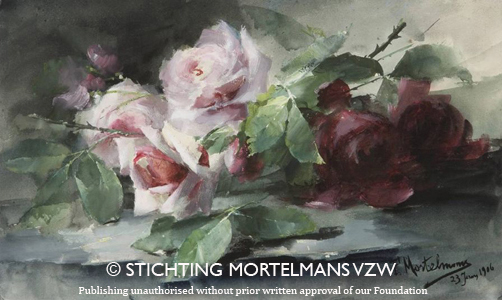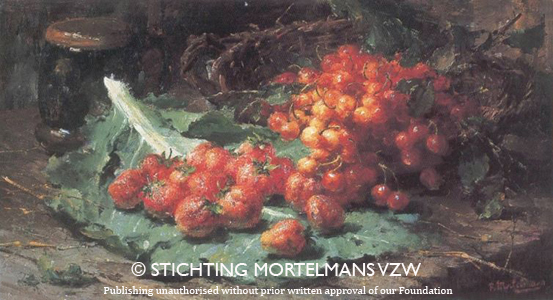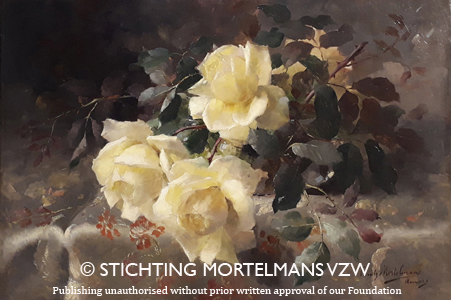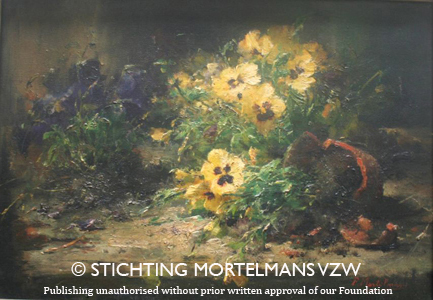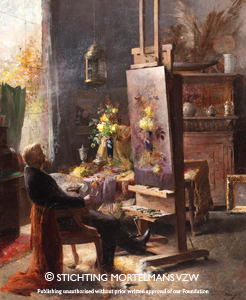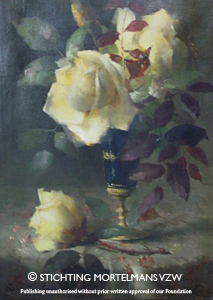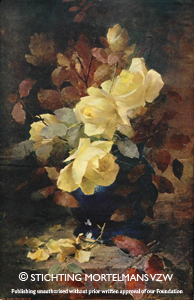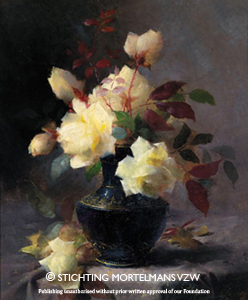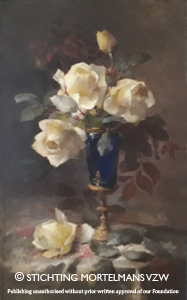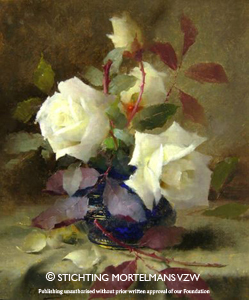

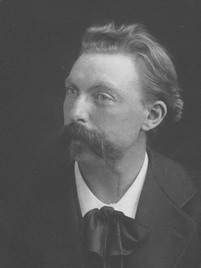 Frans Mortelmans was born on the 1st of may 1865 as the eldest son in a family of six. He grew up in the parish of St. Paul in Antwerp.
Frans Mortelmans was born on the 1st of may 1865 as the eldest son in a family of six. He grew up in the parish of St. Paul in Antwerp. 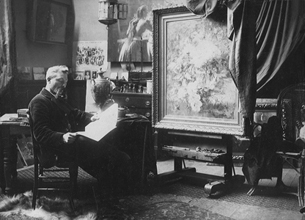 His main period is just before and after the turn of the century. He was certainly one of the most talented painters of flowers and still lifes. His individuality was unmistakable (including chiaroscuro). Impressionism inspired the late Romantic, without denying the true representation of his subjects.
His main period is just before and after the turn of the century. He was certainly one of the most talented painters of flowers and still lifes. His individuality was unmistakable (including chiaroscuro). Impressionism inspired the late Romantic, without denying the true representation of his subjects. 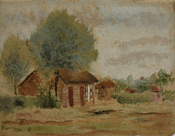
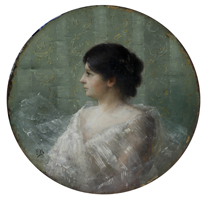 In 1892 he married Marie Fontaine. The couple remained childless.
In 1892 he married Marie Fontaine. The couple remained childless. 